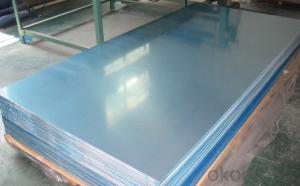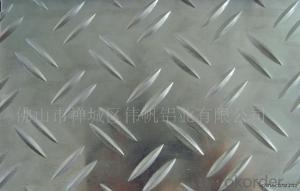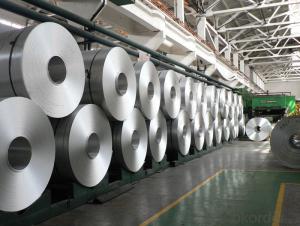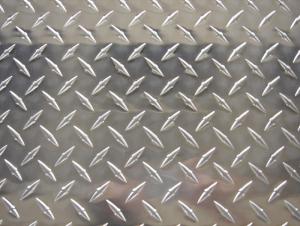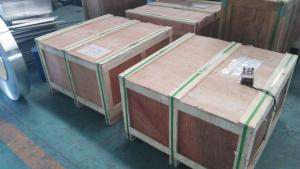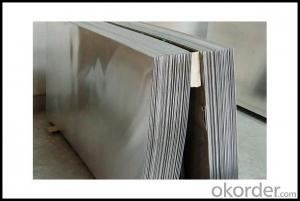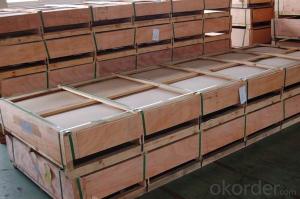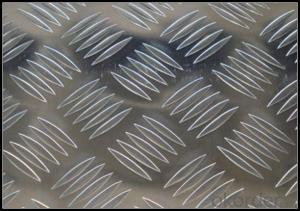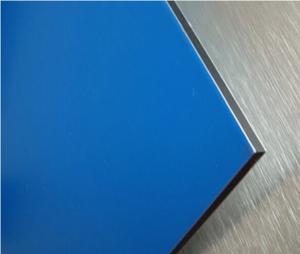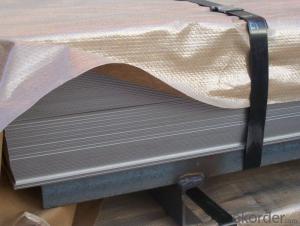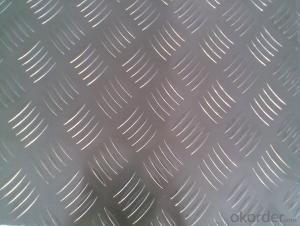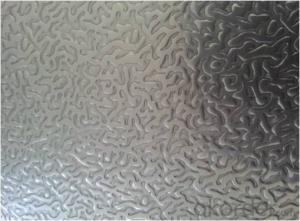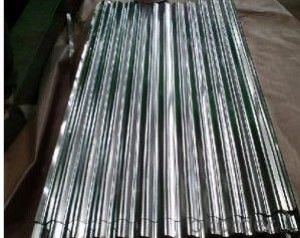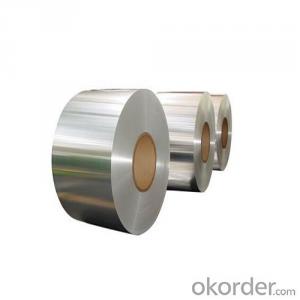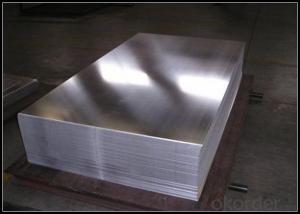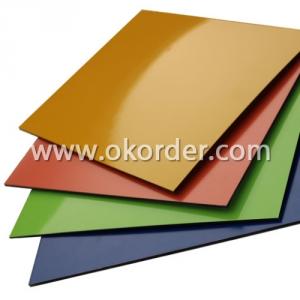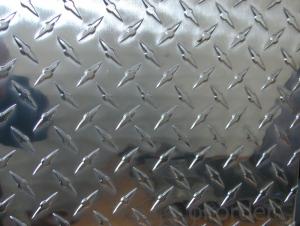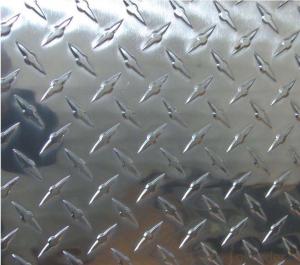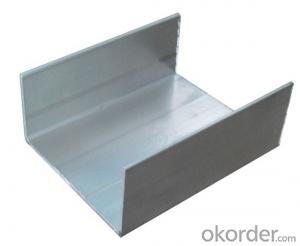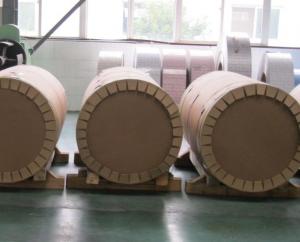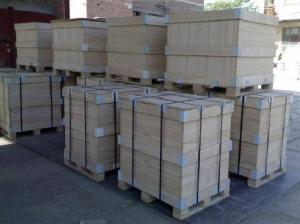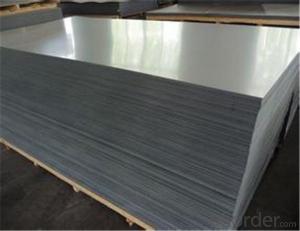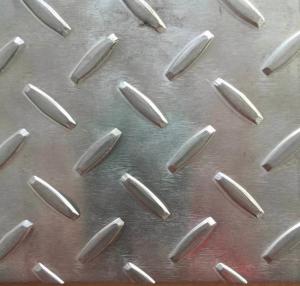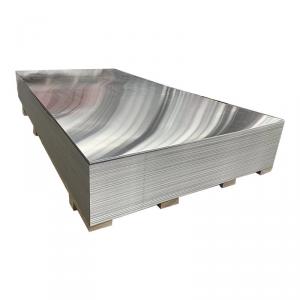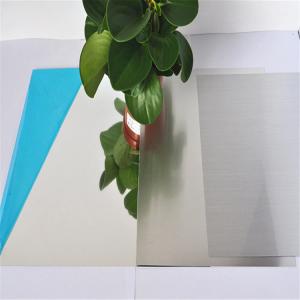4x8 Aluminum Plate
4x8 Aluminum Plate Related Searches
Aluminum Plate 4x8 1 4 Aluminum Plate 4x8 4x8 Aluminum Diamond Plate 1/4 Aluminum Plate 4x8 3/8 Aluminum Plate 4x8 4x8 Diamond Plate Aluminum 1/4 Inch Aluminum Plate 4x8 Aluminum Diamond Plate 4x8 Diamond Plate Aluminum 4x8 4x8 Aluminum Checker Plate 4x8 Aluminum Tread Plate 3 16 Aluminum Plate 4x8 Aluminum Tread Plate 4x8 1/2 Aluminum Plate 4x8 4x8 1/8 Diamond Plate Aluminum 4x8 1 8 Aluminum Diamond Plate 4x4 Aluminum Plate 4x8 1/4 Diamond Plate Aluminum 4 X 8 X 1 4 Aluminum Plate 4 X 8 Aluminum Diamond Plate 4 X 8 Diamond Plate Aluminum 4x8 1/8 Aluminum Diamond Plate 4x8 Sheet Diamond Plate Aluminum 1 8 Aluminum Diamond Plate 4 X8 4 X 4 Aluminum Plate 3/16 Aluminum Plate 4x8 4x8 1 4 Aluminum Diamond Plate 4x8 Aluminum Diamond Plate 1 8 4x8 Sheet Aluminum Diamond Plate 1/4 Aluminum Diamond Plate 4x84x8 Aluminum Plate Supplier & Manufacturer from China
Aluminum plates, particularly the 4x8 size, are versatile materials known for their lightweight and corrosion-resistant properties. These plates are commonly made from high-quality aluminum alloys, which provide excellent strength and durability. The 4x8 Aluminum Plate is widely used in various industries, including construction, automotive, aerospace, and manufacturing, where its lightweight and strength are highly valued. It is also used in applications such as signage, roofing, and decorative purposes, making it a popular choice for both functional and aesthetic needs.The 4x8 Aluminum Plate is a go-to material for many projects due to its adaptability and ease of use. It can be easily cut, shaped, and welded, making it a favorite among professionals and DIY enthusiasts alike. Whether it's for structural support, heat sinks, or custom fabrication, this product offers a reliable solution that can withstand the test of time. Its non-magnetic and non-sparking nature also makes it a safe option for environments where such properties are crucial.
As a leading wholesale supplier, Okorder.com boasts a vast inventory of 4x8 Aluminum Plate, catering to the needs of various industries. With a commitment to quality and customer satisfaction, Okorder.com ensures that each 4x8 Aluminum Plate is sourced from reputable manufacturers and meets the highest standards of performance and reliability. This extensive inventory allows customers to find the exact specifications they need, whether it's for a small project or large-scale production, and have it delivered promptly and efficiently.
Hot Products



